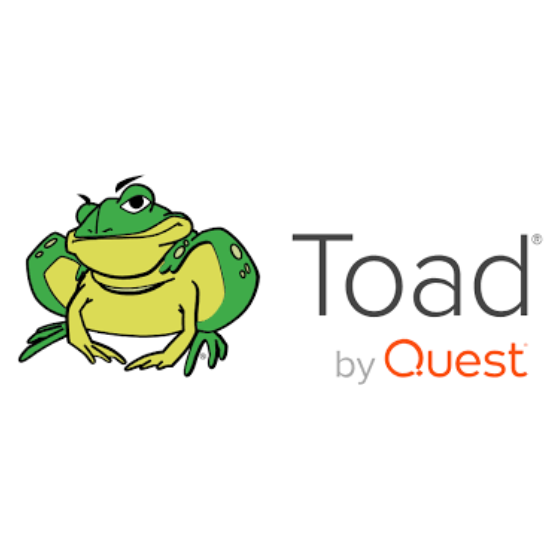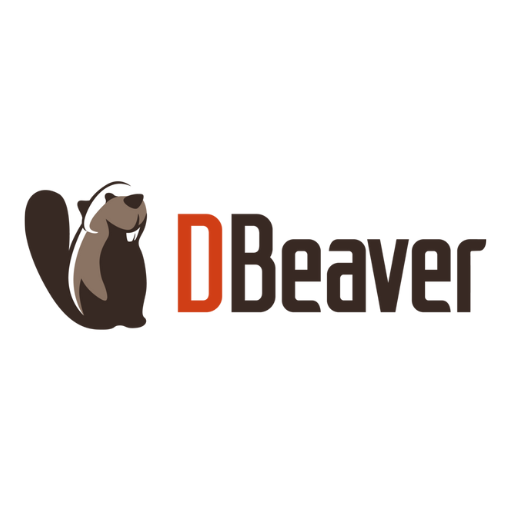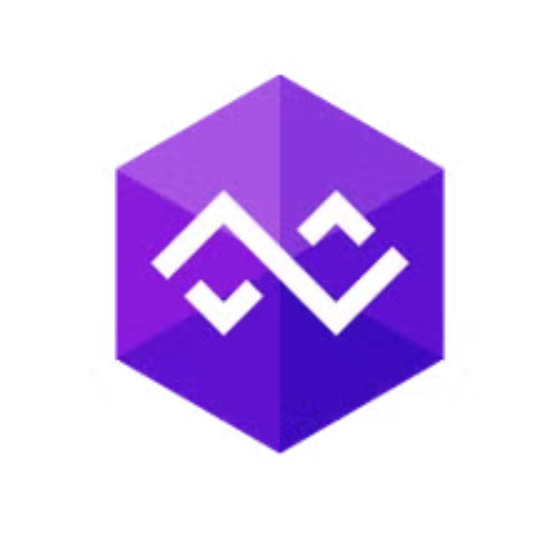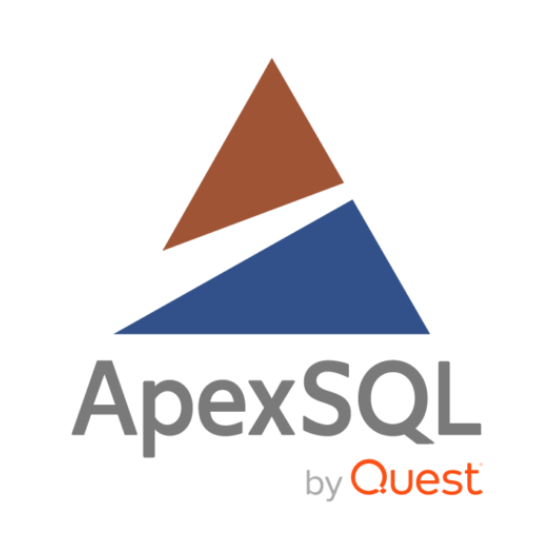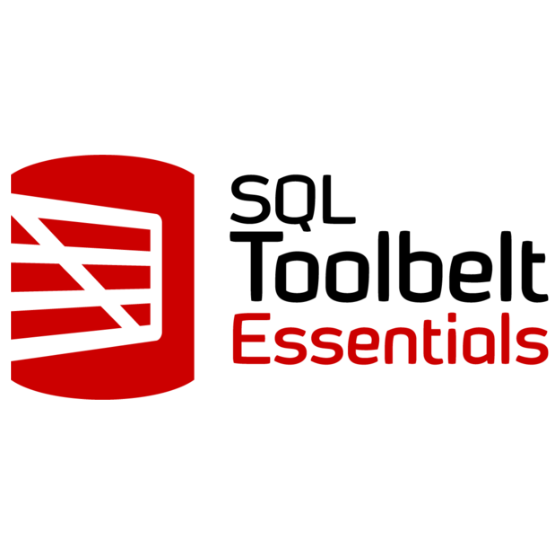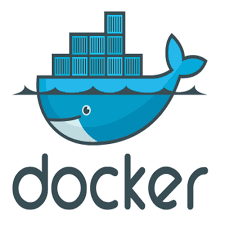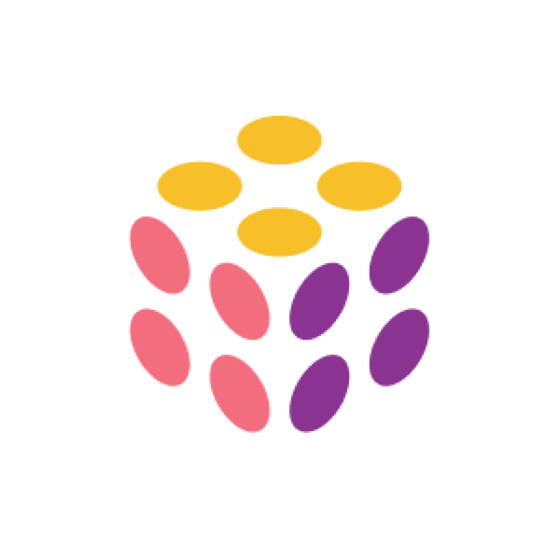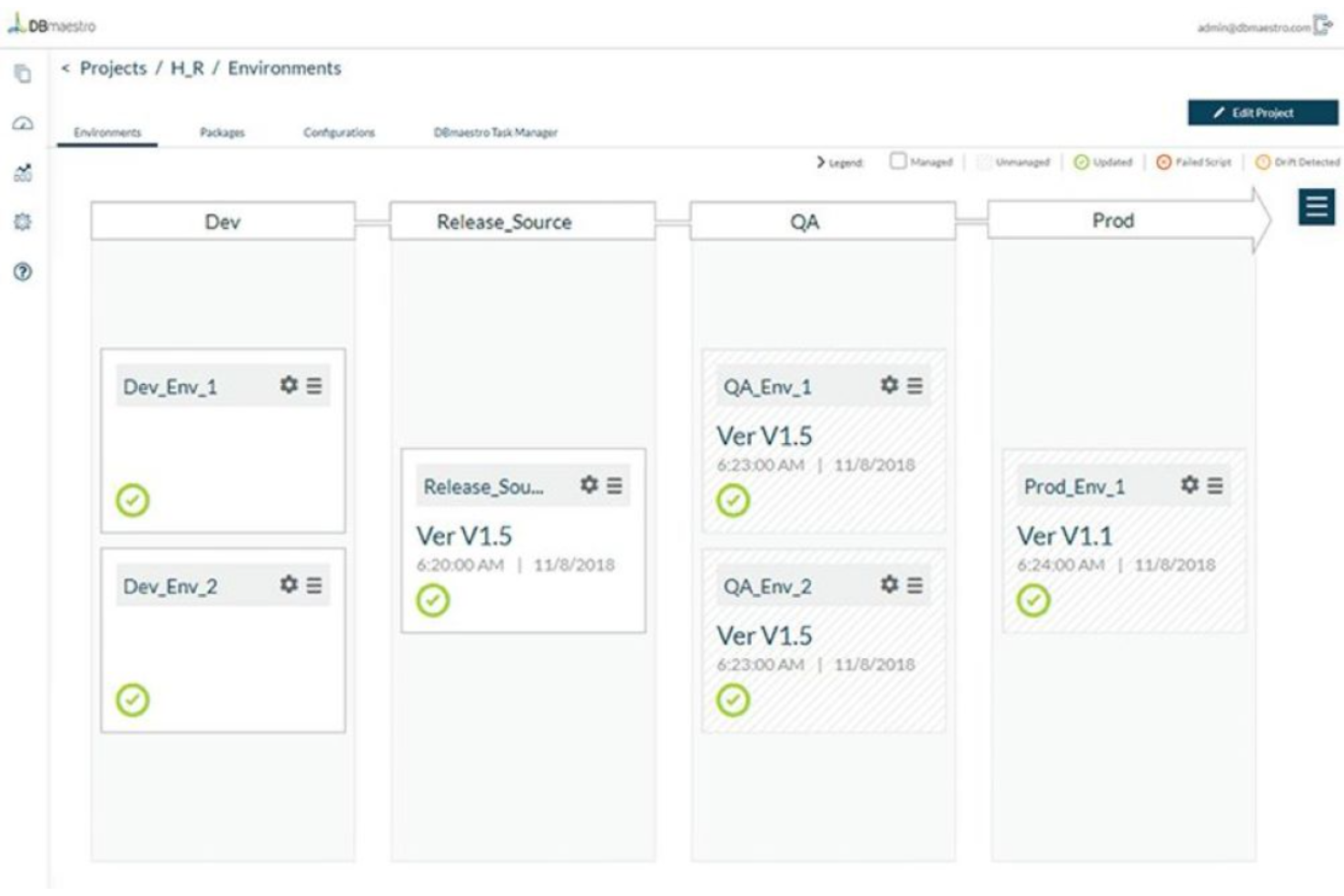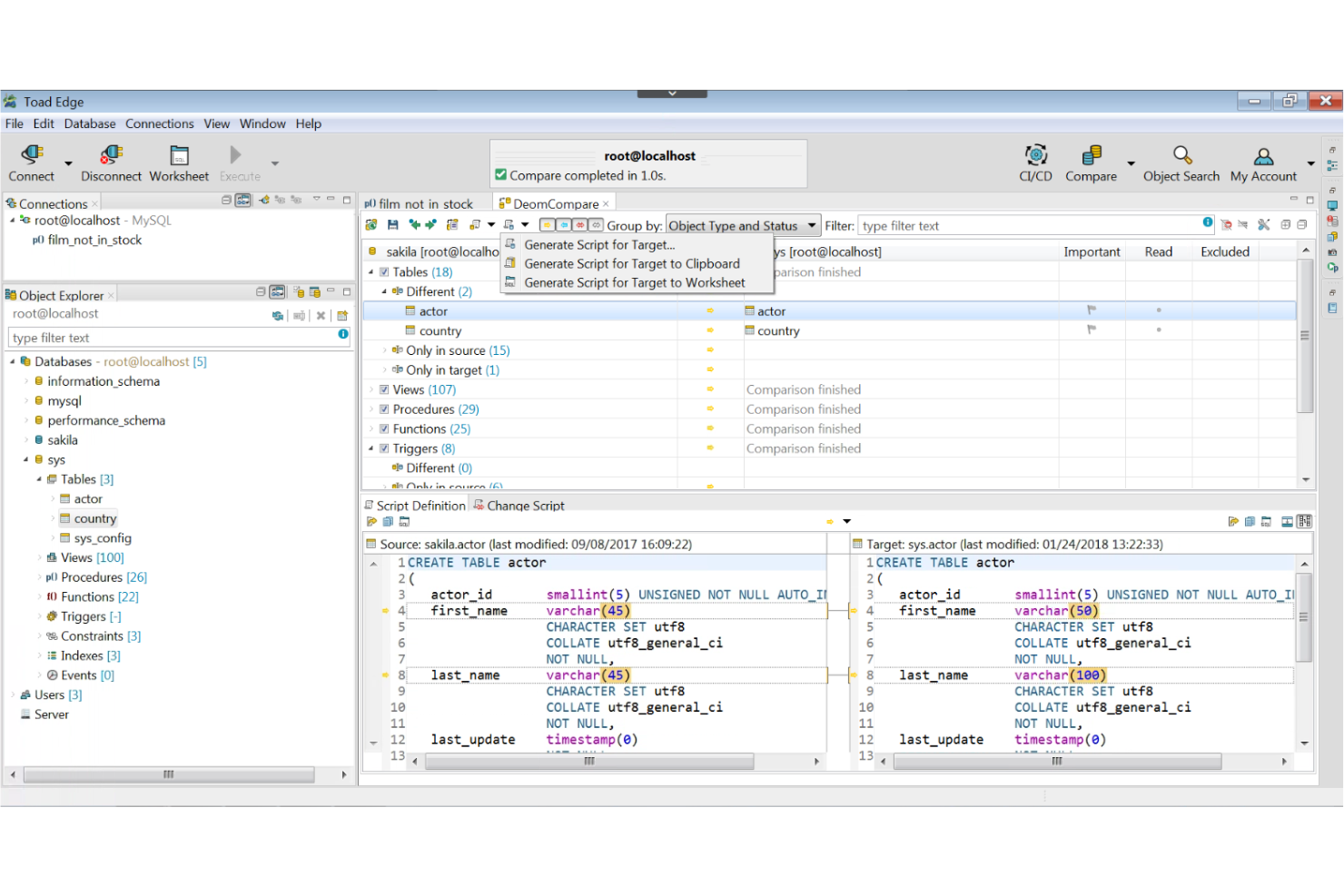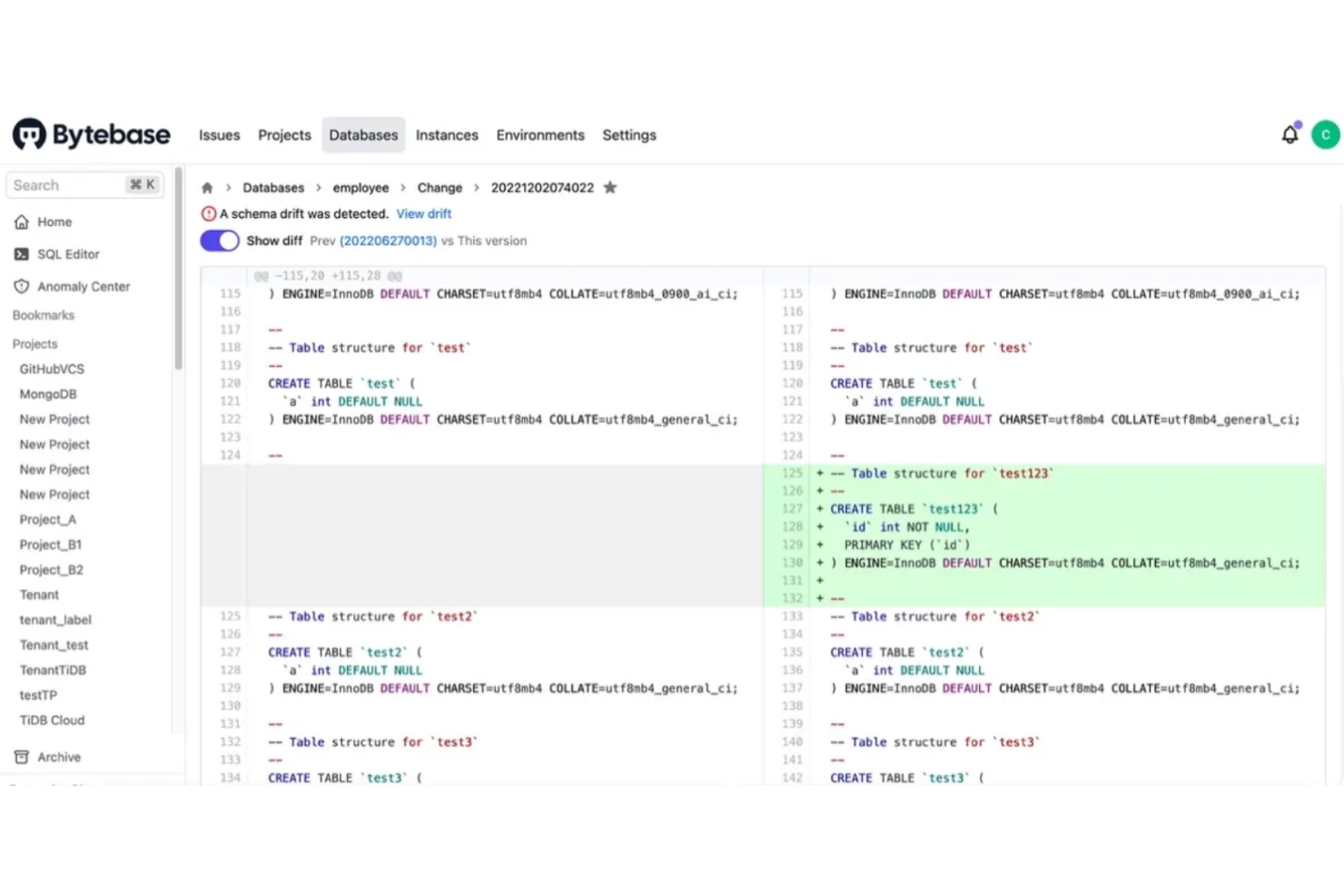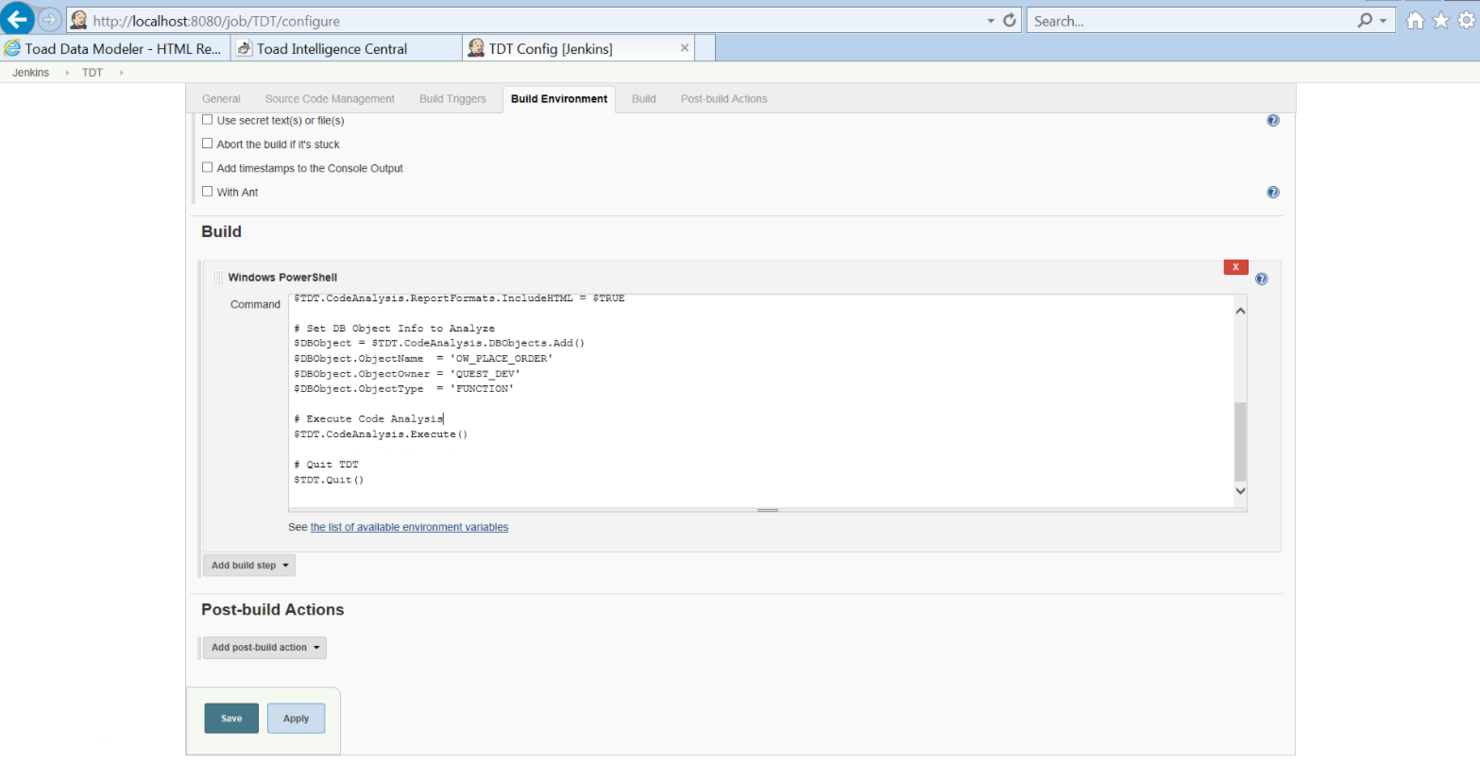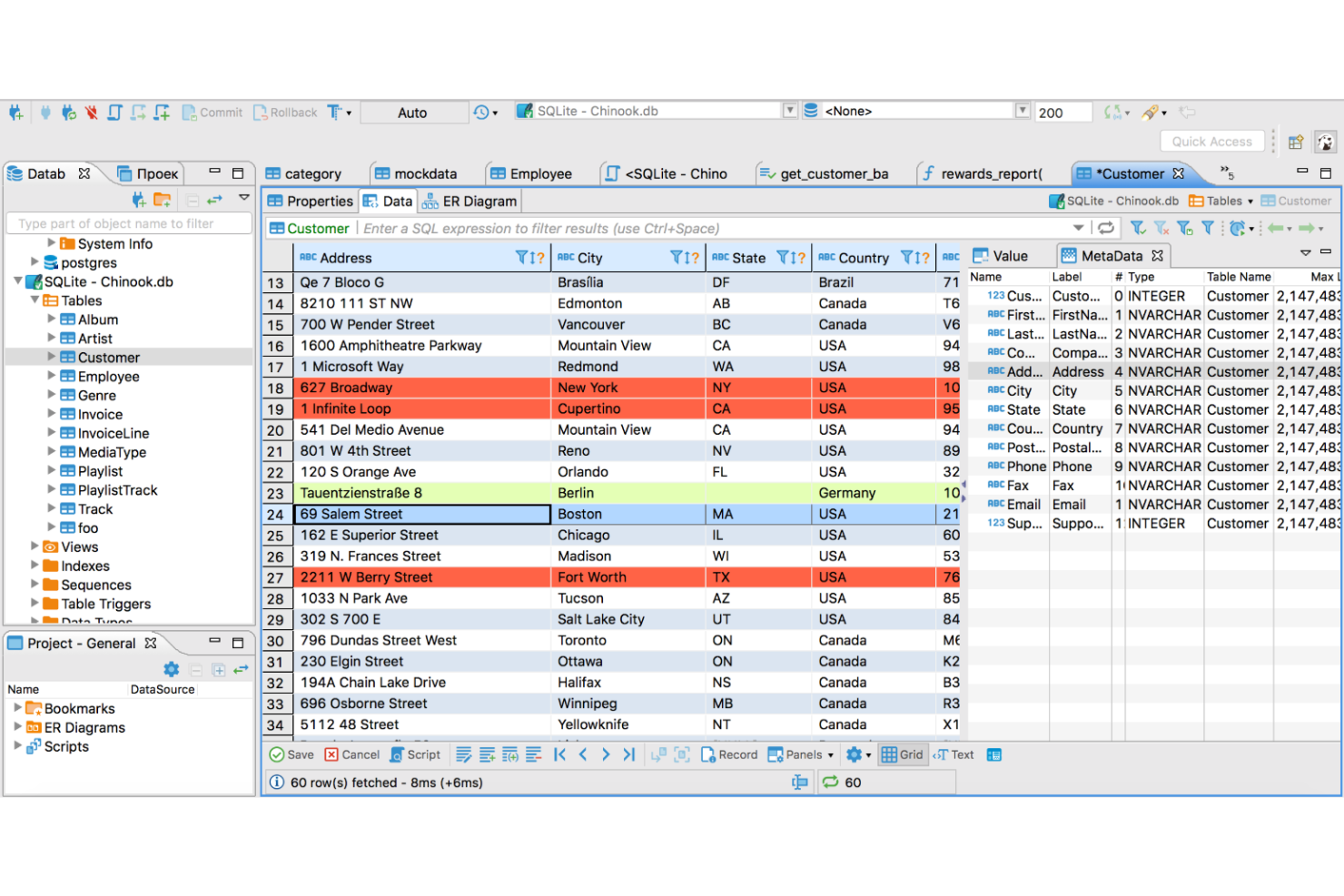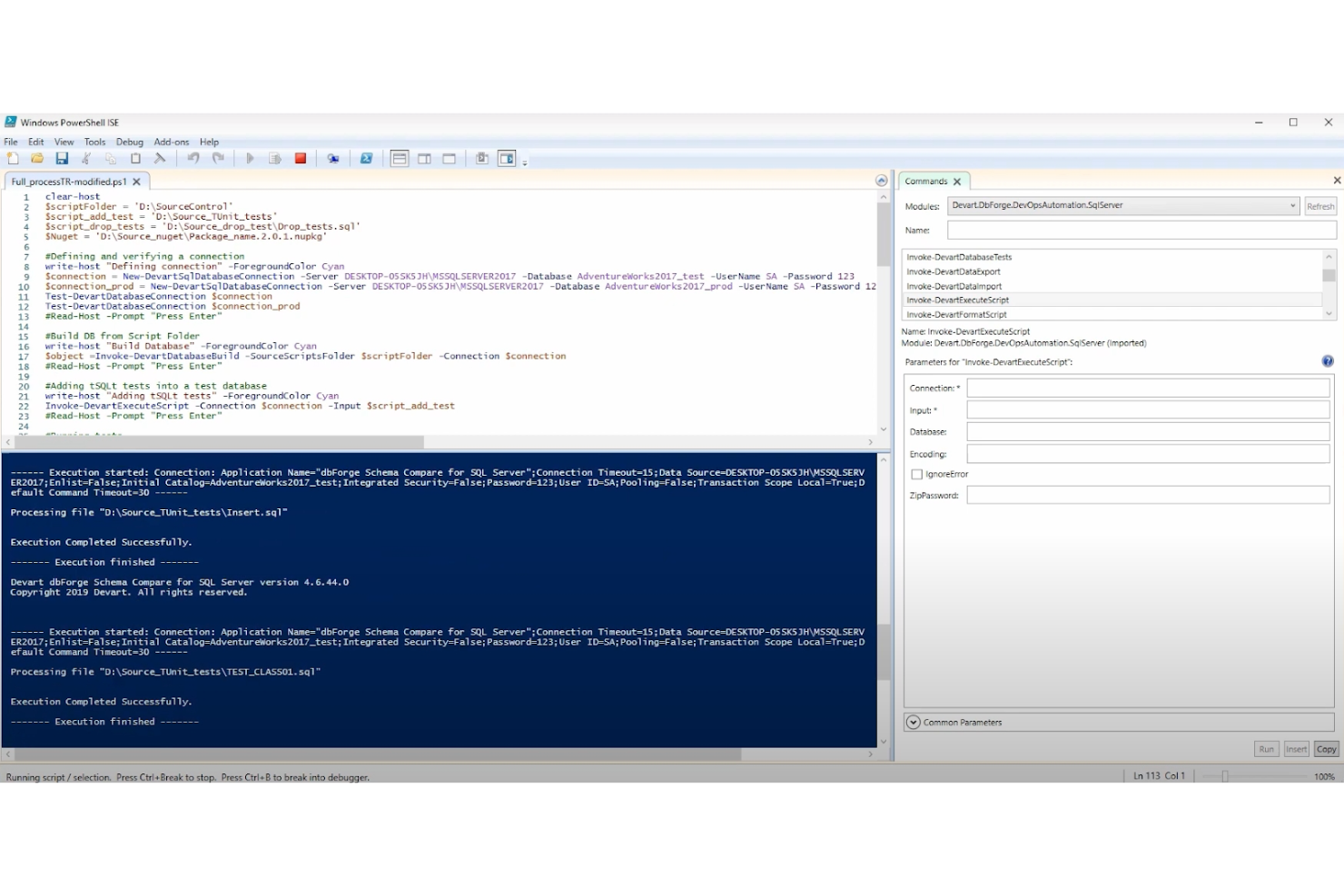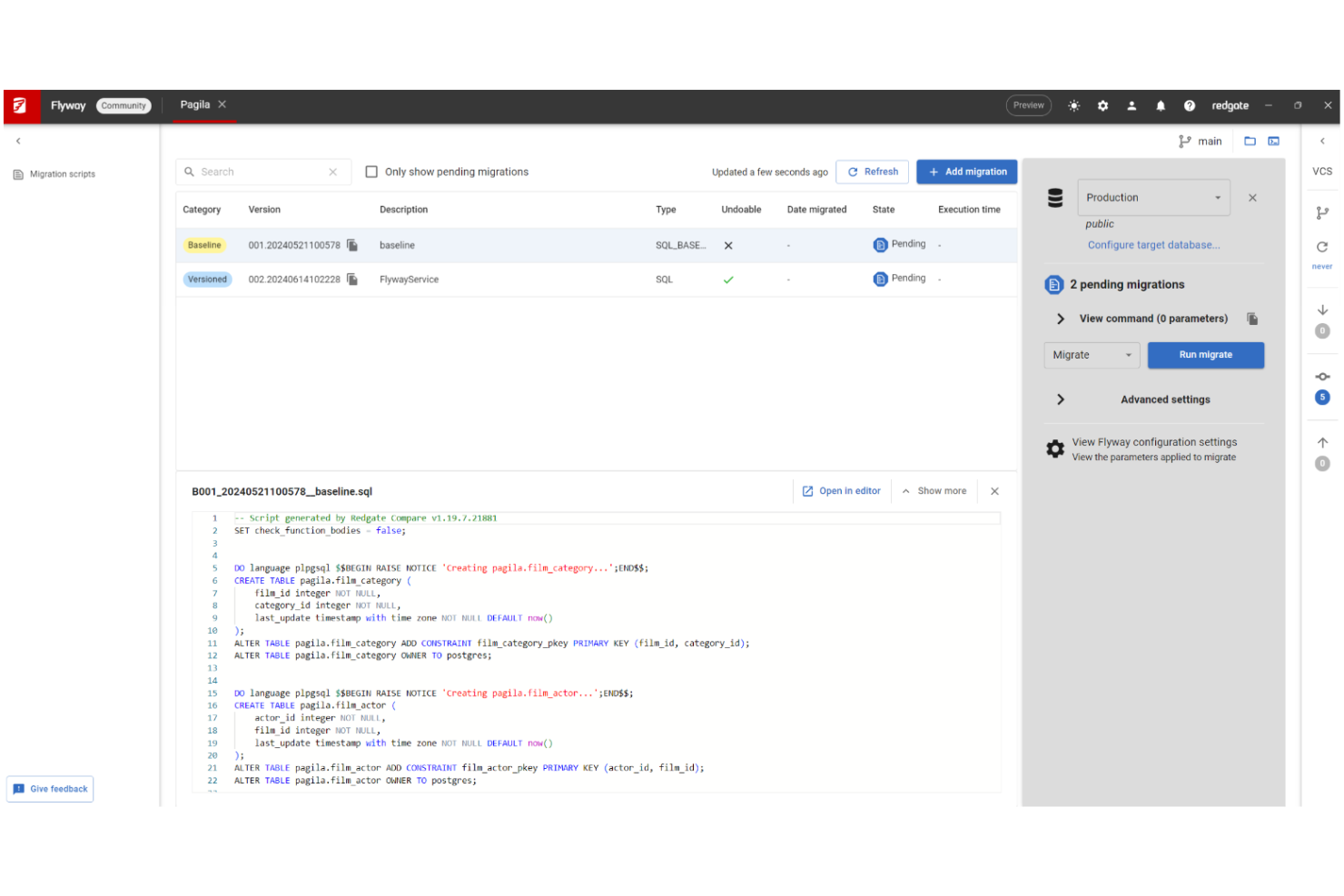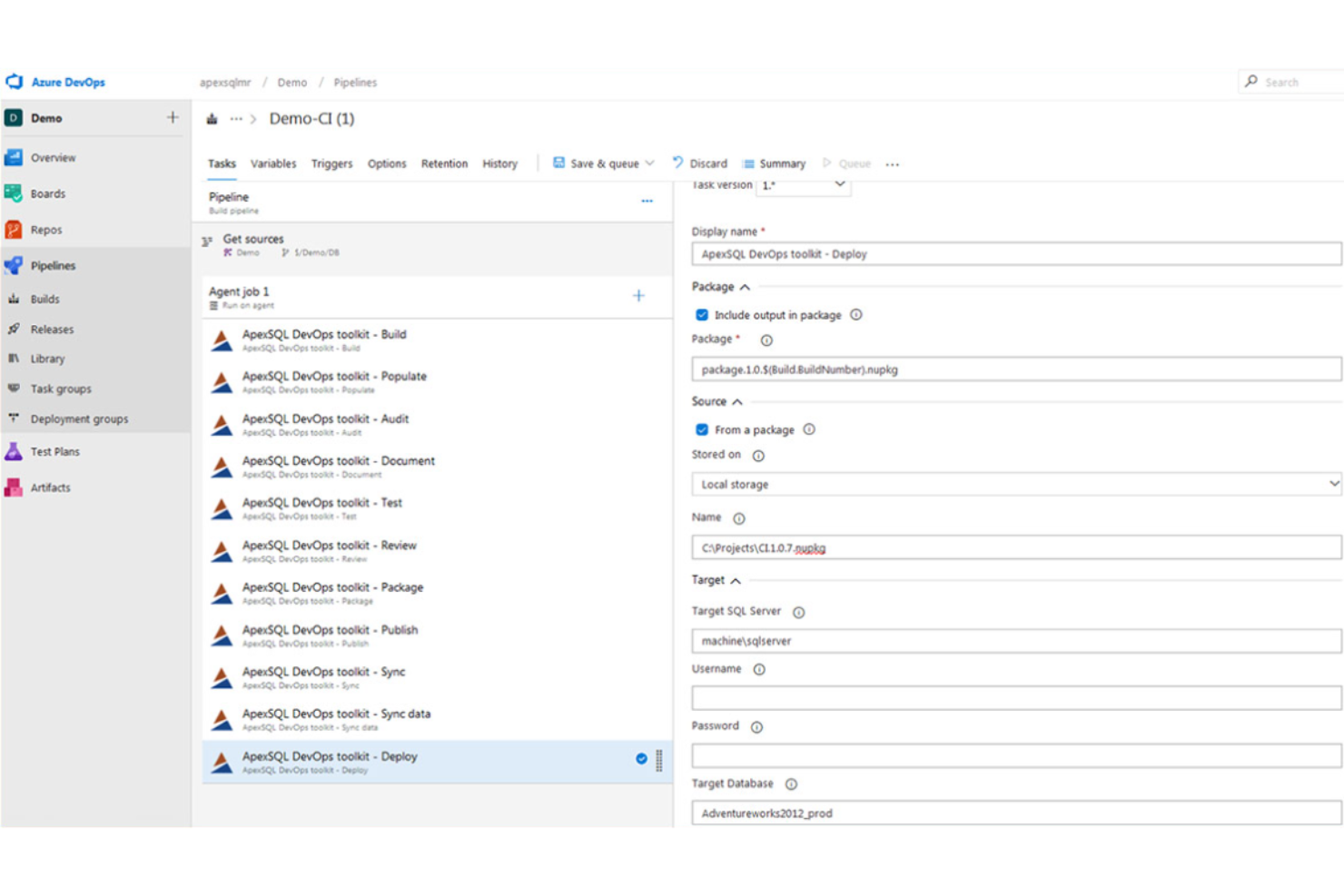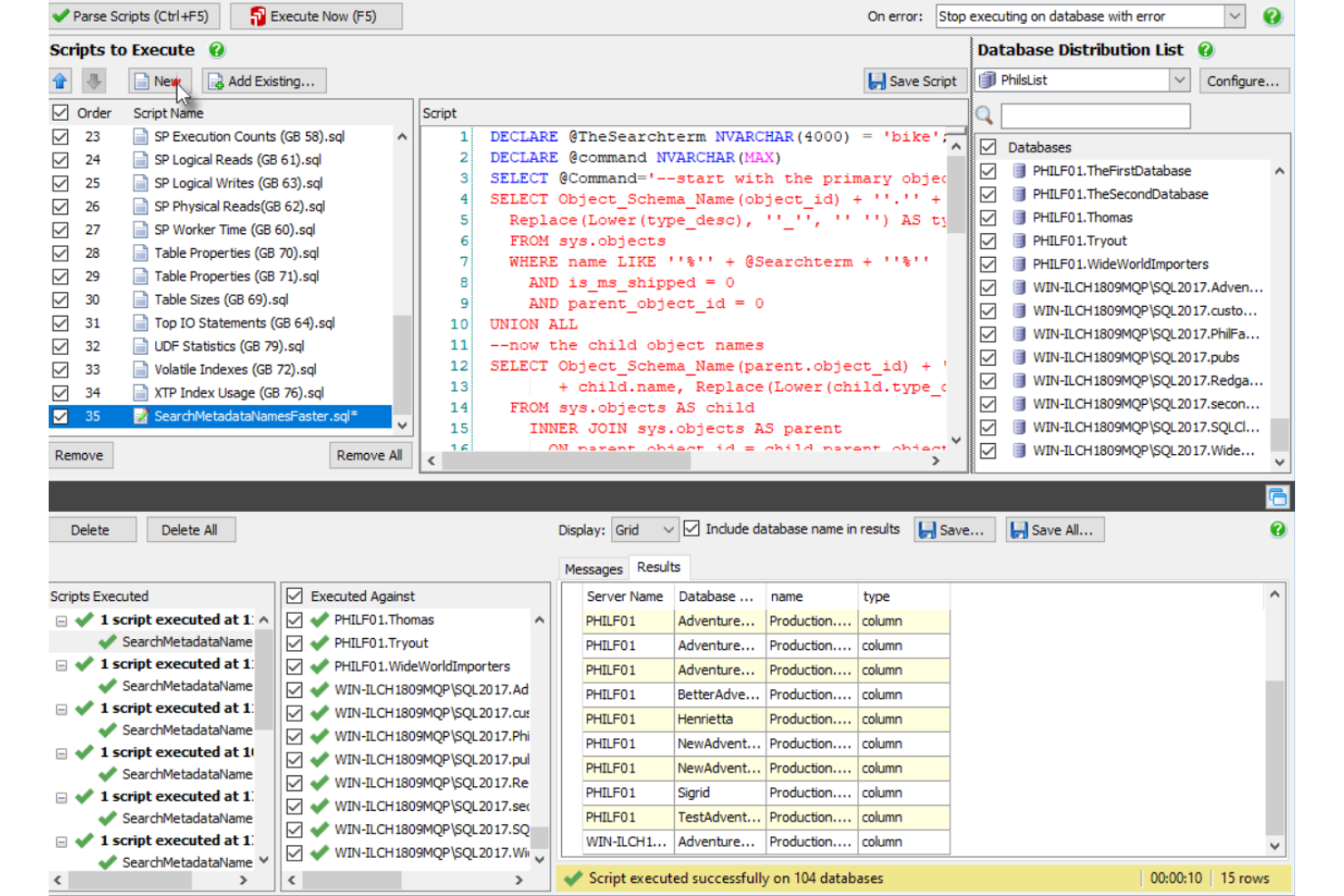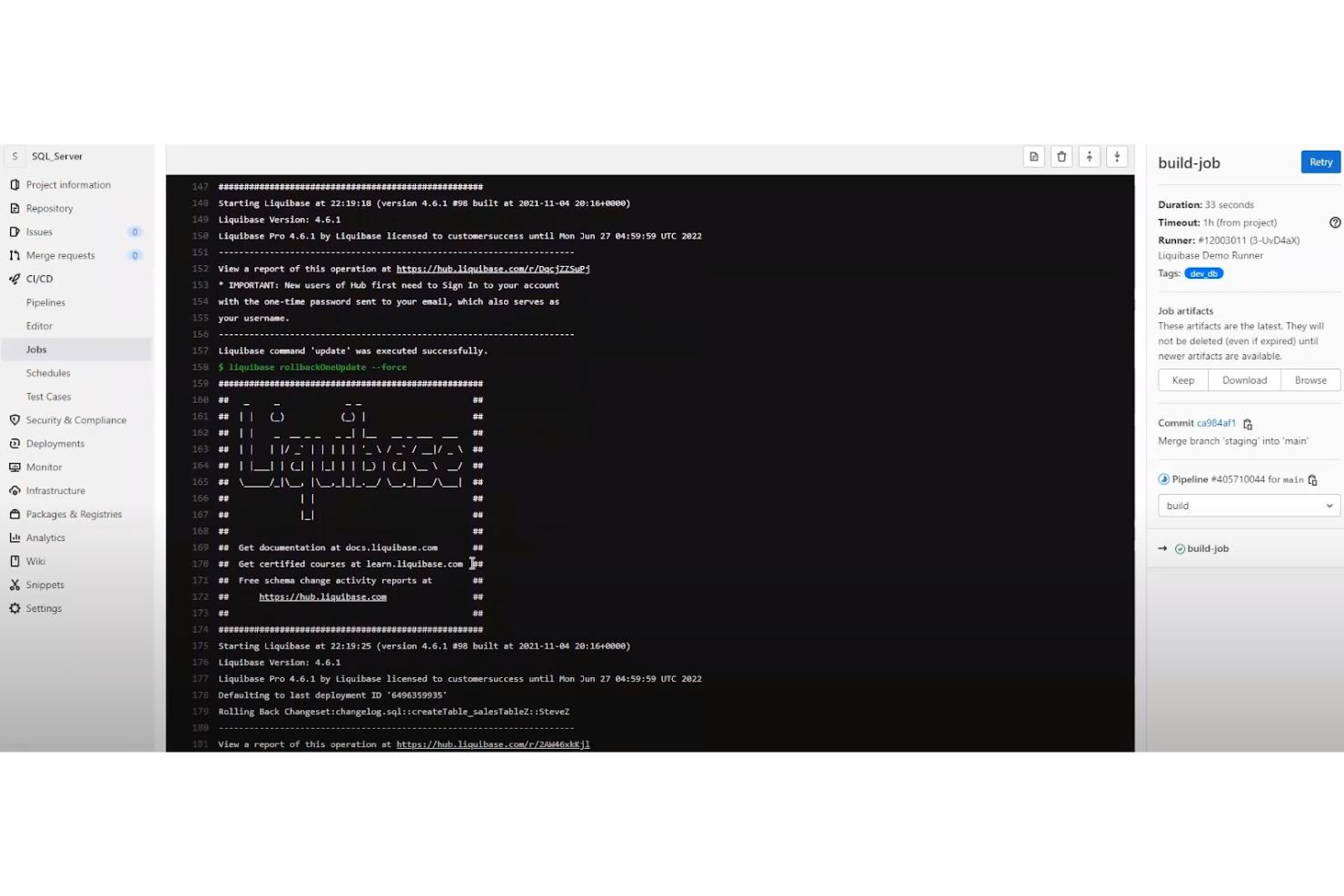Best Database DevOps Tools Shortlist
Here's my pick of the 10 best software from the 17 tools reviewed.
Our one-on-one guidance will help you find the perfect fit.
Managing databases can be a headache, especially when juggling multiple environments and teams. You need tools that simplify database management and deployment. That's where database DevOps tools come in. They help you automate processes, reduce errors, and improve collaboration.
I've spent years testing software and understanding the challenges you face. As a result, my reviews are unbiased and well-researched, focusing on what matters to you and your team. In this article, I'll share my top picks for database DevOps tools that can make your life easier.
You'll find insights on features, user experience, and potential drawbacks. Whether you're a developer or an IT manager, there's something here to help you enhance your workflow. Let's dive into the best solutions on the market.
Why Trust Our Software Reviews
We’ve been testing and reviewing SaaS development software since 2023. As tech experts ourselves, we know how critical and difficult it is to make the right decision when selecting software. We invest in deep research to help our audience make better software purchasing decisions.
We’ve tested more than 2,000 tools for different SaaS development use cases and written over 1,000 comprehensive software reviews. Learn how we stay transparent & check out our software review methodology.
Best Database DevOps Tools Summary
This comparison chart summarizes pricing details for my top database DevOps tools selections to help you find the best one for your budget and business needs.
| Tool | Best For | Trial Info | Price | ||
|---|---|---|---|---|---|
| 1 | Best for compliance and auditing | Free demo available | Pricing upon request | Website | |
| 2 | Best for open-source databases | Free trial available | From $265/user (billed annually) | Website | |
| 3 | Best for database governance | Free plan available | From $20/user/month | Website | |
| 4 | Best for continuous integration | Free trial available | Pricing upon request | Website | |
| 5 | Best for cross-platform support | Free plan available | From $25/user/month (billed annually) | Website | |
| 6 | Best for SQL Server CI/CD | Free demo available | From $479.95 (billed annually) | Website | |
| 7 | Best for simple database migrations | Free trial available | Pricing upon request | Website | |
| 8 | Best for SQL Server environments | Free trial available | Pricing upon request | Website | |
| 9 | Best for SQL Server management | 14-day free trial | From $1,356/user (billed annually) | Website | |
| 10 | Best for database change automation | 30-day free trial | Pricing upon request | Website |
-

Docker
Visit WebsiteThis is an aggregated rating for this tool including ratings from Crozdesk users and ratings from other sites.4.6 -

Pulumi
Visit WebsiteThis is an aggregated rating for this tool including ratings from Crozdesk users and ratings from other sites.4.8 -

GitHub Actions
Visit Website
Best Database DevOps Tool Reviews
Below are my detailed summaries of the best database DevOps tools that made it onto my shortlist. My reviews offer a detailed look at each tool’s key features, pros & cons, integrations, and ideal use cases to help you find the best one.
DBmaestro is a DevOps platform designed for database administrators and developers, focusing on compliance and change management. It helps manage and automate database version control, deployment, and security.
Why I picked DBmaestro: It emphasizes compliance and auditing, providing features like enforced change policies and automated database deployments. Your team can benefit from its role-based security, ensuring only authorized users make changes. The platform's auditing capabilities offer detailed logs for tracking changes, which is essential for maintaining compliance. Additionally, DBmaestro's continuous delivery pipelines enhance the efficiency of database deployment processes.
Standout features & integrations:
Features include a drift management system that detects unauthorized changes in real time. The platform also provides an impact analysis tool to assess the effects of changes before they are made. With its conflict detection feature, you can prevent overwriting changes in multi-user environments.
Integrations include Jenkins, Azure DevOps, Git, GitLab, Bitbucket, Bamboo, Jira, ServiceNow, Ansible, and Puppet.
Pros and cons
Pros:
- Supports role-based security
- Detailed change logs
- Strong focus on compliance
Cons:
- Requires technical expertise
- Configuration can be complex
Toad Edge is a database development tool for developers and administrators working with open-source databases. It supports database management and development tasks, providing tools to streamline these processes.
Why I picked Toad Edge: It caters to open-source databases, offering support for platforms like MySQL and PostgreSQL. Your team can benefit from its schema compare and sync features, which ensure consistency across database environments. With its SQL worksheet, you can execute scripts and commands efficiently. The tool also provides real-time database monitoring, helping you keep track of performance metrics.
Standout features & integrations:
Features include a code quality analysis tool that checks for compliance with coding standards. The tool offers a data import/export feature, simplifying data transfers between environments. With its version control support, you can manage changes to your database schema effectively.
Integrations include Jenkins, Git, GitHub, Bitbucket, Docker, Azure DevOps, TeamCity, Atlassian Jira, Subversion, and TFS.
Pros and cons
Pros:
- Real-time performance monitoring
- Schema compare and sync features
- Supports multiple open-source databases
Cons:
- Requires technical expertise
- Limited to open-source databases
Bytebase is a database governance tool for industries like financial services and technology. It supports key functions such as database access control and schema migrations.
Why I picked Bytebase: This tool focuses on governance by offering features like Just-in-Time database access and dynamic data masking. These functions provide your team with a secure and controlled database environment. Bytebase also includes permission-based SQL editing, which enhances its governance capabilities. Additionally, it supports CI/CD processes, making it a suitable choice for secure database changes.
Standout features & integrations:
Features include dynamic data masking that ensures sensitive information is protected. The tool also offers a permission-based SQL editor, allowing you to control who can make changes. With audit logging, you can track database changes for better security.
Integrations include Slack, GitLab, GitHub, Bitbucket, Google Cloud, AWS, Azure, Datadog, PagerDuty, and Jenkins.
Pros and cons
Pros:
- Engages with community platforms
- Continuous monitoring capabilities
- Supports air-gapped deployments
Cons:
- Documentation could be improved
- Not user-friendly for beginners
Toad DevOps Toolkit is a database development tool tailored for DevOps teams and administrators. It facilitates continuous integration by automating database development processes and ensuring quality control.
Why I picked Toad DevOps Toolkit: It excels in continuous integration, offering automation for testing and deployment tasks. Your team can leverage its features to integrate database changes into CI/CD pipelines. With its automated testing, you can ensure code quality before deployment. Additionally, the tool's script execution feature allows for efficient database updates, which is important for maintaining consistency across environments.
Standout features & integrations:
Features include a code analysis tool that checks for code quality and standards. The test data generation feature allows you to create data sets for testing purposes. With its script management functionality, you can automate repetitive tasks and manage scripts efficiently.
Integrations include Jenkins, Bamboo, Azure DevOps, Git, GitHub, Bitbucket, TeamCity, Atlassian Jira, ServiceNow, and Docker.
Pros and cons
Pros:
- Efficient script management
- Automates testing processes
- Supports continuous integration
Cons:
- Occasional performance lags
- Complex setup process
DBeaver is a multi-platform database management tool aimed at developers and database administrators. It supports various databases, offering versatile management and analysis capabilities.
Why I picked DBeaver: It offers cross-platform compatibility and supports Windows, macOS, and Linux. This tool provides a unified interface for managing multiple databases, which is excellent for your team if you need flexibility. DBeaver also offers advanced data import and export functions, making data handling easier. Additionally, its SQL editor has features like auto-completion and syntax highlighting, which enhance productivity.
Standout features & integrations:
Features include a visual query builder that simplifies database queries. The ER diagram feature helps you visualize database structures effectively. You can modify and manage data in a tabular format with its data editor.
Integrations include MySQL, PostgreSQL, Oracle, SQL Server, SQLite, MongoDB, MariaDB, IBM Db2, Amazon Redshift, and Hive.
Pros and cons
Pros:
- Customizable user interface
- Supports multiple database types
- Extensive cross-platform support
Cons:
- Complex for beginners
- Occasional performance lags
dbForge DevOps Automation for SQL Server is a tool designed for SQL Server environments aimed at database administrators and DevOps teams. Automating database development and deployment tasks facilitates continuous integration and delivery processes.
Why I picked dbForge DevOps Automation for SQL Server: Its specialization in SQL Server CI/CD provides your team with a streamlined workflow. It offers database version control, which simplifies collaboration among team members. With its automated testing capabilities, you can ensure database changes meet quality standards. Additionally, the tool's integration with CI/CD pipelines enhances the efficiency of deployment processes.
Standout features & integrations:
Features include a database change management system that tracks and manages alterations effectively. Its data generation feature allows you to create realistic test data quickly. The tool also supports database documentation, making maintaining and sharing knowledge easier.
Integrations include Jenkins, Azure DevOps, TeamCity, Bamboo, Git, GitHub, Bitbucket, Atlassian Jira, Redgate SQL Change Automation, and Microsoft SQL Server.
Pros and cons
Pros:
- Automated testing capabilities
- Strong version control features
- Specializes in SQL Server environments
Cons:
- Occasional performance hiccups
- Some features need manual setup
Flyway is an open-source database migration tool designed for developers and database administrators. It focuses on version control for database changes, making migrations straightforward and reliable.
Why I picked Flyway: It excels in simplifying database migrations, making it ideal for teams needing a straightforward solution. Flyway uses SQL-based migrations, which are easy for your team to write and understand. Its support for multiple databases allows you to manage diverse environments efficiently. Additionally, its command-line interface ensures you can automate migrations in your existing workflows.
Standout features & integrations:
Features include a version control system for managing database changes. The tool supports repeatable migrations, ensuring that changes can be reapplied. It also offers a baseline feature to integrate Flyway into existing databases without starting from scratch.
Integrations include Jenkins, GitHub Actions, GitLab CI/CD, Bitbucket Pipelines, Bamboo, Azure DevOps, CircleCI, Travis CI, AWS, and Google Cloud.
Pros and cons
Pros:
- Command-line interface for automation
- Easy to write SQL migrations
- Supports multiple database types
Cons:
- Limited advanced features
- Initial setup requires configuration
ApexSQL is a suite of SQL Server development and database management tools tailored for administrators and developers. It offers functionalities like database auditing, recovery, and monitoring to enhance SQL Server environments.
Why I picked ApexSQL: This tool specializes in SQL Servers, providing a set of database auditing and compliance features. It includes capabilities like data masking and transaction rollback, essential for maintaining data integrity. ApexSQL's backup management tools make it easier for your team to ensure data safety. Additionally, its reporting features help generate detailed insights, which is essential for SQL Server environments.
Standout features & integrations:
Features include an SQL diff tool that helps compare and synchronize database schemas. The data masking feature ensures sensitive information is protected. ApexSQL also offers transaction log management to recover data from accidental changes.
Integrations include Microsoft Azure, SQL Server Management Studio, Visual Studio, Jenkins, TeamCity, Bamboo, TFS, Git, GitHub, and Bitbucket.
Pros and cons
Pros:
- Detailed reporting options
- Extensive auditing capabilities
- Strong focus on compliance
Cons:
- Occasional performance issues
- Limited documentation
SQL Toolbelt Essentials is a comprehensive suite of tools designed for SQL Server developers and database administrators. It facilitates tasks like development, deployment, and performance monitoring to improve SQL Server management.
Why I picked SQL Toolbelt Essentials: It provides an all-in-one solution for SQL Server management, making it an ideal choice for teams focused on SQL Server environments. Its comparison and deployment tools help you manage database changes efficiently. You also get backup and recovery tools essential for data safety. Moreover, its performance monitoring features allow you to monitor server health, ensuring optimal performance.
Standout features & integrations:
Features include a schema comparison tool that helps you identify differences between databases. The backup and recovery functionality ensures your data is secure and recoverable. The performance tuning tools also allow you to optimize queries and improve database speed.
Integrations include Azure DevOps, Jenkins, Bamboo, TeamCity, Git, GitHub, Bitbucket, Octopus Deploy, Microsoft SQL Server, and Visual Studio.
Pros and cons
Pros:
- Strong backup and recovery features
- Efficient change management
- Comprehensive SQL Server tools
Cons:
- Resource-intensive on older systems
- Some features need manual configuration
Liquibase is an open-source database schema change management tool for developers and administrators. It automates database changes, ensuring consistency across different environments.
Why I picked Liquibase: It excels in automating database changes, making it ideal for teams focused on continuous integration. Liquibase supports version control for database changes, which helps your team track and manage updates efficiently. Its rollback feature allows you to revert changes when needed, adding a layer of safety. Moreover, Liquibase's ability to generate database change documentation aids in compliance and auditing.
Standout features & integrations:
Features include a changelog management system that keeps track of all database changes. The tool provides precondition checks to ensure changes apply only when conditions are met. You can also benefit from its extensive support for multiple database types.
Integrations include Jenkins, GitHub Actions, GitLab CI/CD, Bitbucket Pipelines, Bamboo, Azure DevOps, CircleCI, Travis CI, AWS, and Google Cloud.
Pros and cons
Pros:
- Easy rollback features
- Supports multiple databases
- Strong version control capabilities
Cons:
- Requires learning for new users
- Initial setup complexity
Other Database DevOps Tools
Here are some additional database DevOps tools options that didn’t make it onto my shortlist but are still worth checking out.
- DbVisualizer
For multi-database management
- Percona
For open-source database support
- Aqua Data Studio
For advanced data visualization
- Azure DevOps Server
For enterprise-level development
- Navicat
For cross-platform database management
- Jenkins
For customizable CI/CD pipelines
- SQLAlchemy
For Python database migrations
Database DevOps Tool Selection Criteria
When selecting the best DevOps tools to include in this list, I considered everyday buyer needs and pain points like managing database changes efficiently and ensuring data security. I also used the following framework to keep my evaluation structured and fair.
Core Functionality (25% of total score)
To be considered for inclusion in this list, each solution had to fulfill these everyday use cases:
- Manage database changes
- Automate deployment processes
- Support version control
- Ensure data consistency
- Facilitate continuous integration
Additional Standout Features (25% of total score)
To help further narrow down the competition, I also looked for unique features, such as:
- Real-time monitoring
- Advanced security protocols
- Integration with cloud platforms
- Multi-database support
- Automated rollback capabilities
Usability (10% of total score)
To get a sense of the usability of each system, I considered the following:
- Intuitive interface design
- Clear navigation paths
- Minimal learning curve
- Customization options
- Accessibility features
Onboarding (10% of total score)
To evaluate the onboarding experience for each platform, I considered the following:
- Availability of training videos
- Interactive product tours
- Comprehensive documentation
- Onboarding webinars
- Migration assistance
Customer Support (10% of total score)
To assess each software provider’s customer support services, I considered the following:
- 24/7 support availability
- Multiple support channels
- Response time
- Availability of a knowledge base
- Personalized assistance
Value For Money (10% of total score)
To evaluate the value for money of each platform, I considered the following:
- Competitive pricing
- Feature set vs. cost
- Flexible pricing plans
- Discounts for long-term contracts
- Free trial availability
Customer Reviews (10% of total score)
To get a sense of overall customer satisfaction, I considered the following when reading customer reviews:
- Overall satisfaction ratings
- Frequency of reported issues
- Praise for specific features
- Feedback on customer support
- Willingness to recommend
How to Choose Database DevOps Tools
It’s easy to get bogged down in long feature lists and complex pricing structures. Here's a checklist of factors to remember to help you stay focused as you work through your unique software selection process.
| Factor | What to Consider |
| Scalability | Ensure the tool can grow with your needs. Look for options that handle increased data loads and user numbers without compromising performance. |
| Integrations | To streamline workflows, check if the tool integrates with your existing tech stack, like CI/CD platforms, cloud services, and other databases. |
| Customizability | Consider how much you can tailor the tool to fit your processes. Look for features that let you adjust workflows or add custom scripts easily. |
| Ease of Use | Evaluate the interface and navigation. Tools should have intuitive designs that minimize training time and boost productivity for your team. |
| Budget | Align the tool's cost with your financial constraints. Consider subscription fees, hidden costs, and whether they offer plans that fit your budget. |
| Security Safeguards | Look for robust security features to protect your data. Ensure the tool offers encryption, access controls, and compliance with regulations. |
| Support | Assess the availability and quality of customer support. Consider if they offer 24/7 support, dedicated reps, or comprehensive online resources. |
| Performance Monitoring | Ensure the tool provides features to monitor and optimize database performance, helping your team identify and resolve issues promptly. |
Trends in Database DevOps Tools
In my research, I sourced countless product updates, press releases, and release logs from different database DevOps tools vendors. Here are some of the emerging trends I’m keeping an eye on.
- AI-Driven Insights: More tools use AI for predictive analytics and database anomaly detection. This helps your team catch potential issues early and optimize performance. Vendors like Flyway are incorporating machine learning to make more intelligent recommendations.
- Self-Healing Databases: Some tools now offer self-healing capabilities, automatically fixing common database errors without manual intervention. This feature is becoming popular as it reduces user downtime and maintenance overhead.
- Enhanced Security Features: There's a growing focus on advanced security features like dynamic data masking and real-time threat detection. These features help protect sensitive data and comply with regulations, which is crucial for many businesses.
- Improved Collaboration Tools: Many DevOps tools add better collaboration features, such as shared dashboards and real-time updates. These help your team work more efficiently, even when remote or distributed, by keeping everyone on the same page.
- Cross-Cloud Support: As businesses move to multi-cloud strategies, database DevOps tools adapt to support multiple cloud environments. This trend is essential for teams that need flexibility and want to avoid vendor lock-in, with products like DbVisualizer offering cross-cloud capabilities.
What Are Database DevOps Tools?
Database DevOps tools are software solutions that automate and manage database changes within the DevOps process. Database administrators, developers, and IT operations professionals use these tools to enhance collaboration and efficiency.
Version control, automated deployments, and security features help manage database changes, reduce errors, and maintain compliance. These tools provide significant value by improving the speed and reliability of database updates and operations.
Features of Database DevOps Tools
When selecting database DevOps tools, including database monitoring tools, watch for the following key features.
- Version control: Tracks database changes over time, allowing your team to efficiently manage updates and rollback errors.
- Automated deployments: Streamlines the deployment process by automating repetitive tasks, reducing human error and saving time.
- Security safeguards: Protects sensitive data with features like encryption and access controls, ensuring compliance with regulations.
- Cross-cloud support: Provides flexibility by allowing databases to operate across multiple cloud environments, preventing vendor lock-in.
- Real-time monitoring: Keeps track of database performance and health, enabling quick detection and resolution of potential issues.
- Collaboration tools: Enhances teamwork with shared dashboards and real-time updates, ensuring everyone stays informed.
- Self-healing capabilities: Automatically fixes common database errors, reducing downtime and maintenance efforts.
- Predictive analytics: Uses AI to forecast and detect anomalies, optimizing database performance before problems arise.
- Schema comparison: Identifies differences between database schemas, helping maintain consistency across environments.
- Data masking: Protects sensitive information by obscuring data, which helps maintain privacy during testing and development.
- Database automation: Speeds up workflows by automating routine database management tasks, improving efficiency for DBAs and development teams.
- Source control: Integrates with version control systems to manage database changes alongside application code, ensuring consistency across deployments.
- Audit trail: Tracks all database changes and user activity, providing accountability and aiding compliance with industry regulations.
- Provisioning: Simplifies database setup and configuration for application development and testing environments, reducing delays.
- Alerting: Delivers timely notifications about performance issues or potential bottlenecks, enabling proactive database management.
- Code reviews: Facilitates peer reviews of database code to maintain quality and identify errors before deployment.
- DevOps workflow integration: Aligns database changes with software development and DevOps tools for Salesforce as well as other CRMs, ensuring smooth collaboration between development and operations teams.
- Validation tools: Checks database changes for errors or inconsistencies, safeguarding against deployment issues.
- Lifecycle management: Supports database changes through all phases of the DevOps lifecycle, ensuring traceability and smooth transitions.
- Operations collaboration: Enhances communication and coordination between database and operations teams for seamless deployment and monitoring.
- Database code management: Streamlines editing, testing, and deploying database code, aligning it with modern software development practices.
- DevOps strategy support: Aligns database practices with broader DevOps strategies, fostering agile and efficient workflows.
- Oracle database compatibility: Provides tailored tools for managing Oracle databases, ensuring optimized performance and compliance.
- Bottleneck identification: Pinpoints performance bottlenecks within databases, helping teams resolve issues quickly to maintain smooth operations.
- Data engineering support: Integrates seamlessly into data engineering workflows, enabling scalable and efficient database solutions.
Benefits of Database DevOps Tools
Implementing database DevOps tools provides several benefits for your team and your business. Here are a few you can look forward to.
- Increased efficiency: Automating deployments and change management speeds up processes and reduces manual effort.
- Enhanced collaboration: Shared dashboards and real-time updates keep your team connected and informed, improving teamwork.
- Improved data security: Features like data masking and access controls protect sensitive information, ensuring compliance.
- Reduced downtime: Self-healing capabilities and real-time monitoring help prevent and quickly resolve issues.
- Scalability: Cross-cloud support and flexible integration options allow your systems to grow with your business needs.
- Better performance: Predictive analytics and monitoring enable proactive optimization of your database systems.
- Consistent environments: Version control and schema comparison ensure uniformity across development, testing, and production environments.
Costs & Pricing of Database DevOps Tools
Selecting database DevOps tools requires understanding the various pricing models and plans available. Costs vary based on features, team size, add-ons, and more. The table below summarizes standard plans, average prices, and typical features in database DevOps tools solutions.
Plan Comparison Table for Database DevOps Tools
| Plan Type | Average Price | Common Features |
| Free Plan | $0 | Basic version control, limited database support, and community support. |
| Personal Plan | $5-$25/ user/month | Version control, basic automation, and single database support. |
| Business Plan | $30-$75/ user/month | Multi-database support, enhanced security features, and performance monitoring. |
| Enterprise Plan | $100-$20/ user/month | Advanced analytics, cross-cloud support, and dedicated customer support. |
Database DevOps Tools FAQs
Here are some answers to common questions about database DevOps tools.
Which database is best for DevOps engineers?
The best database for DevOps engineers often depends on the specific requirements of your projects. Popular choices include SQL Server, MySQL, Oracle, and PostgreSQL due to their versatility and support in DevOps environments. Each offers unique features, so consider your team’s familiarity and project needs when choosing.
Is SQL used in database DevOps tools?
Yes, SQL is widely used in DevOps for automating database deployments and ensuring data integrity in CI/CD pipelines. It helps teams manage database changes effectively and supports data-driven decision-making. Knowing SQL can seamlessly enhance your team’s ability to integrate databases with DevOps practices.
How do I manage changes in database DevOps tools?
Managing database changes in DevOps involves using version control systems and automated deployment tools. These tools help track changes, facilitate rollbacks, and ensure consistency across environments. Incorporating these practices into your workflow can improve efficiency and reduce errors.
What security measures should be in place for database DevOps tools?
Security measures for database DevOps tools should include encryption, access controls, and regular audits. Implementing these safeguards helps protect sensitive data and complies with industry regulations. Integrating security practices into your DevOps pipeline for comprehensive protection is essential.
How do database DevOps tools support continuous integration?
Database DevOps tools support continuous integration by automating database updates and ensuring they align with application changes. They enable rapid testing and deployment, maintaining data integrity throughout the process. Using these tools helps keep your development cycle efficient and error-free.
What’s Next?
Boost your SaaS growth and leadership skills. Subscribe to our newsletter for the latest insights from CTOs and aspiring tech leaders.
We'll help you scale smarter and lead stronger with guides, resources, and strategies from top experts!



